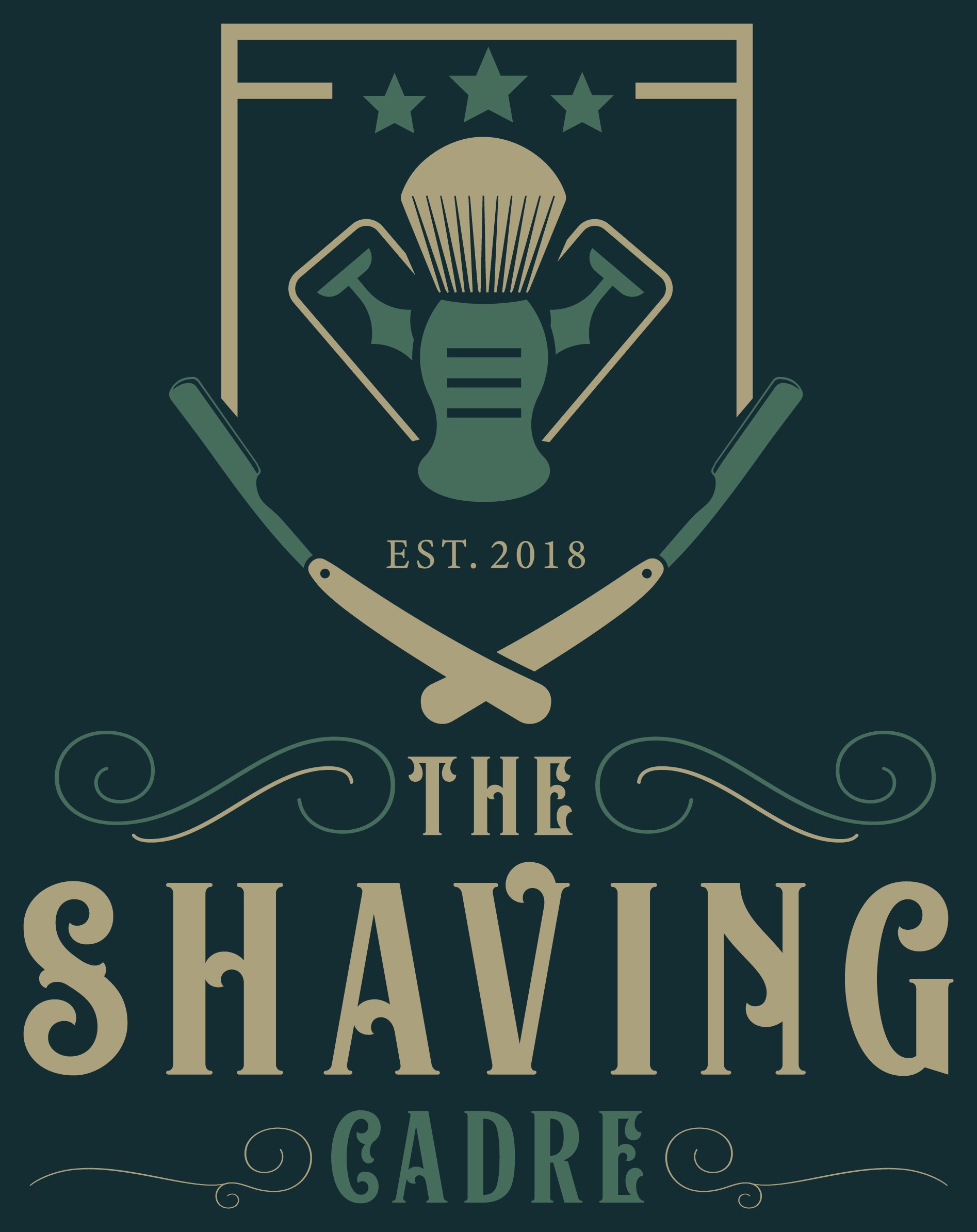Razors are designed/made to be ‘too easy to fail’. The geometric relationship between the thickness of the spine and the distance between the part of the spine that touches the stone and the razors edge (the bevel) are meant to result in a bevel angle that falls in the right range for shaving. Hand honing pretty much guarantees you won’t get it perfect across the entire length of the edge, BUT there is enough wiggle room in what works that your face will not care.
ALL of this of course requires a flat stone (or lapping paper on flat glass/surface) and that you keep the razor pressed flat against the flat stone. After that it hones itself. I am an aggressive honer, I tend to use more force than I should and definitely more than what is necessary. My stuff turns out fine but typically lacks the polish and extra special keennesses you see in
@BarberDave finished stuff. For you, I would recommend focusing on using only enough pressure to keep the entire blade in contact with the stone. That might be a little or a lot depending on your fine motor skills, don’t stress over it just focus on keeping the blade (spine and bevel end) flat against the stone at all times. If you do this all of the different strokes and techniques will only serve to improve upon the results. Also, if you find that you can’t finish the razor using light pressure while also keeping the blade flat consider using a series of spine leading strokes to finish on the stone then strop well.
Oh, and whatever you do to one side do exactly the same to the other. That’s part of ensuring the correct geometry is maintained. ‘Setting the bevel’ could also be called ‘resetting the geometry”.
And one last thing. Remember you are honing the bevel edge, the thinnest part of the whole razor.
*a caveat to the flat stone being the key is when using a convex hone. The convex hone is necessarily and obviously NOT flat. BUT there is a different magic at work here and for it to work you still need to ensure your razor is beheld ‘flat’ to the stone (meaning both the spine and bevel edge are in constant contact with the stone).
